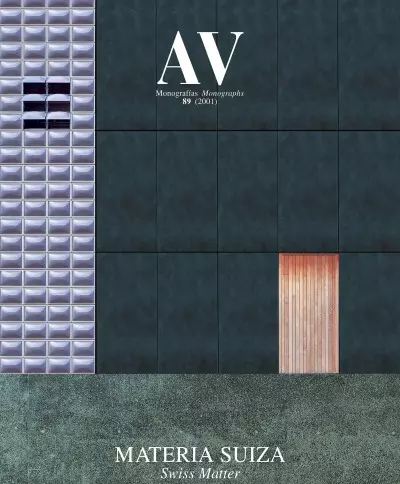

Material austerity, importance of light, and connection with nature are key aspects of the existentialist work of the Japanese master.
The new substance is the result of a feat thought to be impossible: polymerizing a material in two dimensions. Using a novel polymerization process, MIT (Massachusetts Institute of Technology) chemical engineers have created a new material that is st
Steel production accounts for around seven per cent of humanity’s greenhouse-gas emissions. There are two reasons for this startling fact. First, steel is made using metallurgic methods that our Iron Age forebears would find familiar; second, it is p
In a new paper published in Nature Materials, the researchers showed that the diagonally-reinforced square lattice-like skeletal structure of Euplectella aspergillum, a deep-water marine sponge, has a higher strength-to-weight ratio than the traditio
Since early in the 20th century, when August Perret referred to it as “the stone that we craft,” reinforced concrete and the industry associated with it have evolved to the point that we can raise buildings entirely with this material. Perret – who w
The use of copper dates back to 6000 BC, according to the first evidences of the smelting of this material. There is proof that it was already used as a construction element in Mesopotamia and Ancient Egypt, where ingenious methods were developed usi
The citizen of the 21st century demands to live in an ever more ecological and sustainable environment, where transportation is provided with vehicles that pollute less, where the air that one breathes is cleaner, where large parks and gardens abound
If there is a material that clearly illustrates how technological progress is applied to architecture, it is aluminum. Despite this metal’s presence in numerous areas of everyday life, it is, from a historical perspective, very recent. Not until the
Time continuously stores information in matter, making it a document. That by reading matter we can understand time is something well familiar to archaeologists, voracious exegetes of the remains of past civilizations, interpreters of those entropic
In the humble words ‘brick’ and ‘tile’ lies the simplicity, only apparent, of a material that has come down to our days with very specific technological variations. Nevertheless, the modest nature habitually attributed to brick is quickly proven wron
A good part of multistoried residential construction was executed, from the start, in wood. This was how it was until the time between the early 19th century and the early 20th, when things changed. Its availability, its versatility, and the favorabl
Contemporary tectonic poetics rest on the ambiguities that arise between the physical qualities of materials and their symbolic resonances.
Matter is today very spiritual. In a world swamped with digital images, the return to the physical, tactile humility of primary materials becomes a pilgrimage to the essential sources of construction, a path of knowledge that drains the superfluous a

